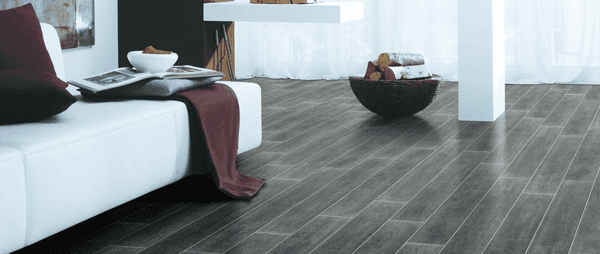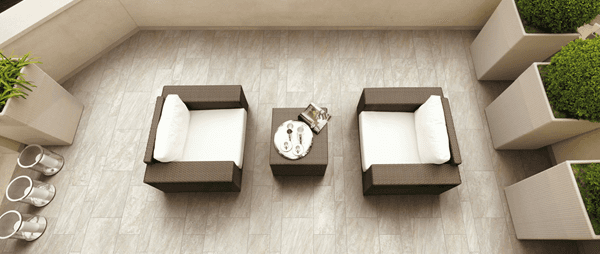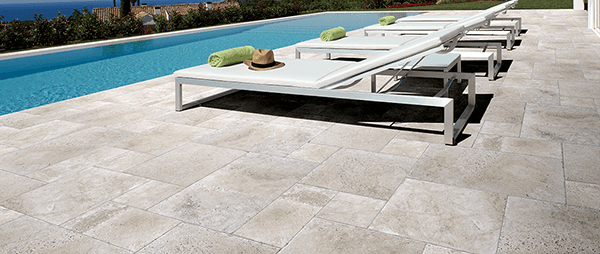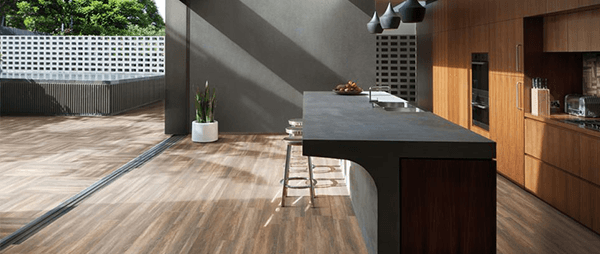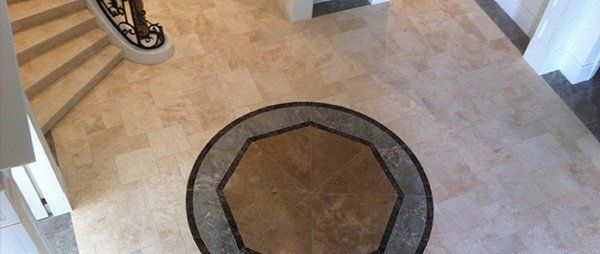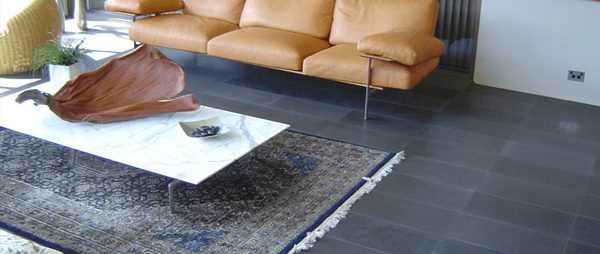Your Guide to choosing Patio Pavers for your Home
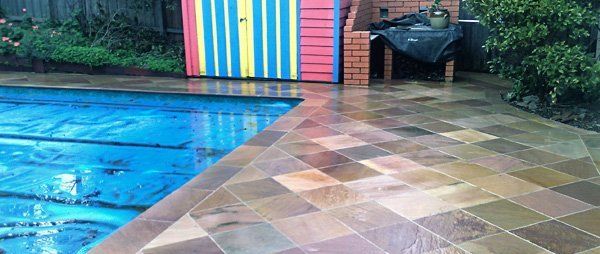
In understanding the available materials used to form the vast variety of patio pavers, you realize the formative step in creating your backyard getaway. Partner this knowledge with your vision and let’s get down to transforming you paver design ideas into a real garden oasis.
What You Have in Common with Da Vinci
Any painting begins with a blank canvas and every sculpture starts with a chunk of rough-hewn rock. Adopt this same approach when picking the spot for your patio. That way you’ll have a central workspace to pile your paving material. Consider placing it close to the kitchen, a short walk from a cool glass of lemonade on your kitchen table. Give the area a little natural elevation, perhaps positioning the patio close to a cooling water feature.
What’s Your Texture?
As we alluded to at the start of the article, there are numerous choices regarding texture. A non-slip rubber or concrete material is highly functional if you’re close to water and the texture will feel cool underfoot, but are you more interested in function or aesthetics? Of course, there’s no reason the two factors can’t be combined. Cogitate on the natural striations that run through limestone or granite to infuse the paver with organic appeal, and structure the patio with empathized gaps to allow a fringe of long grass to delineate the edges of each stony paver. Check out this concise sampling of alternate paver materials:
- Red clay
- Builders bricks
- Decomposed granite
- Recycled materials for that unique look
- Concrete
- Smoothed beach rocks and pebbles
- Flagstones of quarried slate
Architectural Design Elements
The pebbles and rocks selection frees the designer to create fascinating patterns with alluring appeal but what of the lines and angles used in specialized skinny bricks, antique cobbles, and smooth tiles? Try laying out a pattern beforehand, perhaps making a hard copy design with pencil and paper. Some patterns that have established a big following include the popular diagonal herringbone, the half basket weave, and the classic running bond as used in wall construction.
Patio paving is a subject that’s dear to the heart of most landscape designers because it’s as close to an art form as you can come in a garden. As such, the options for patio pavers are nearly limitless. Evaluate your own ideas and see just how practical they are when paired with your own craftsman abilities. If you are a master craftsman or have access to a reliable contractor, you can truly bring your ideas to radiant life. But please note, the patio should be a safe haven as well as a beautiful one. Incorporate safety-focused features, non-slip pavers and stiff textures to avoid a nasty tumble.

